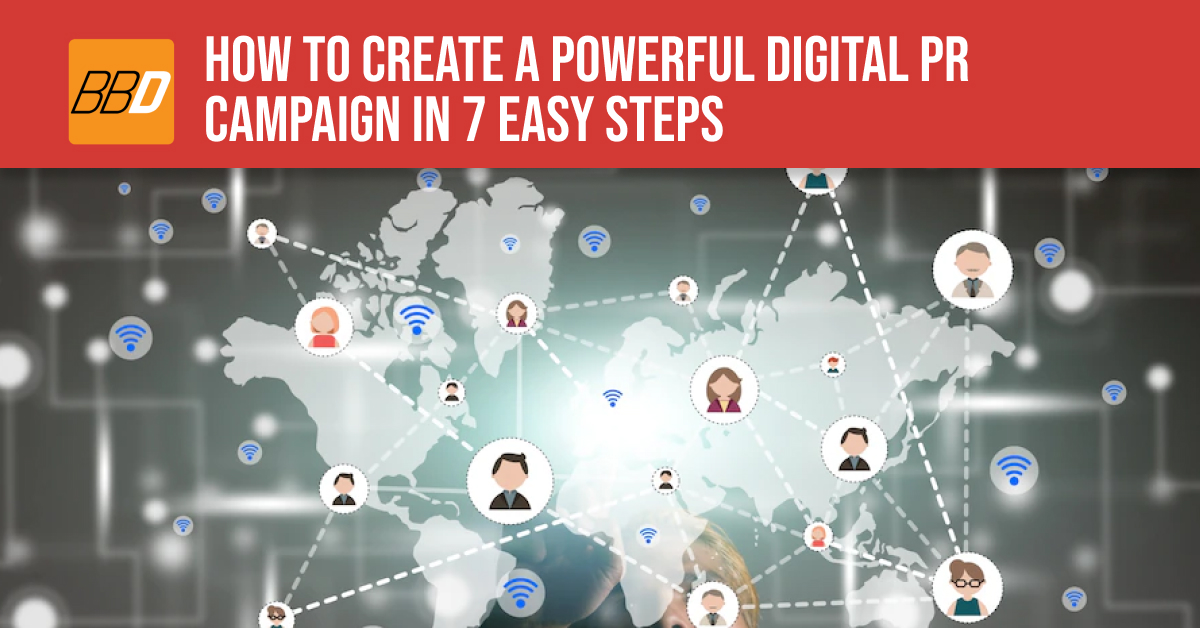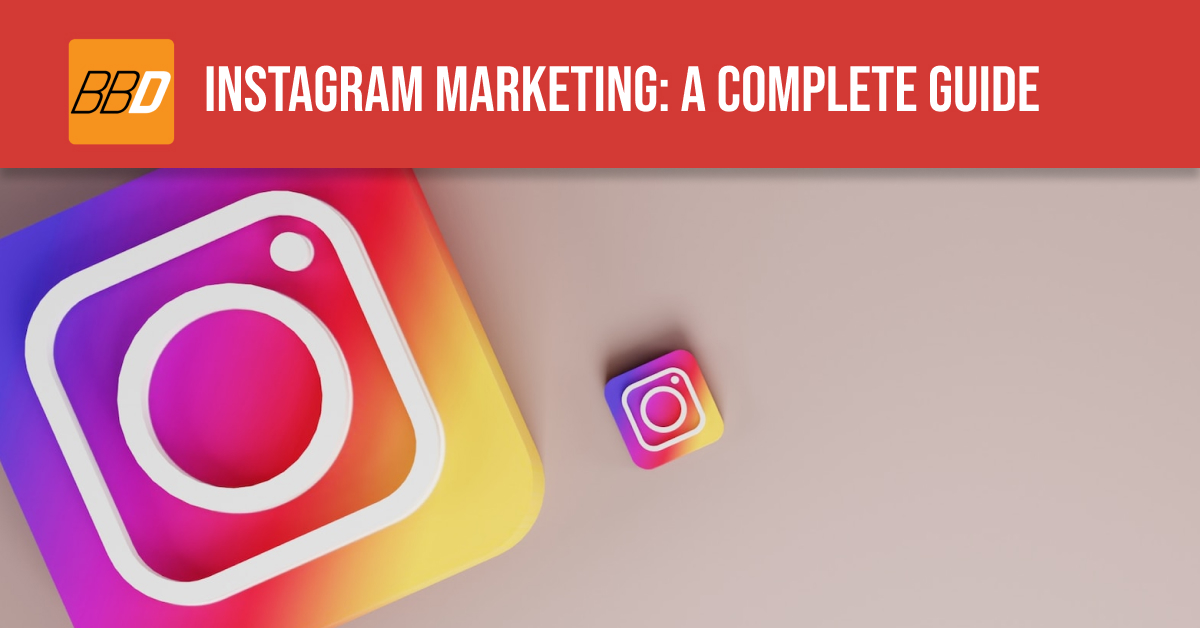It’s not uncommon for restaurants to overlook the importance of content marketing. Content marketing is a fundamental pillar for your growth marketing strategy in a fast-paced industry where new competitors continue to emerge. It’s one of the most effective ways to connect and engage, driving that essential retention with your patrons. Content marketing is a lot more than a pretty Instagram page. It’s a way to differentiate your restaurant, build brand reputability, and ultimately drive sales.
Are you wondering where to start? We’ve put together a comprehensive content marketing guide for your restaurant business, giving you the tools you need to reach new heights.
What is Content Marketing?

According to the Content Marketing Institute, “content marketing is a strategic marketing approach focused on creating and distributing valuable, relevant, and consistent content to attract and retain a clearly defined audience.” Instead of pitching sales or promotions, content marketing positions brands as a real solution, embedding their brand personality in consumer behavior.
In today’s online and offline clutter, effective content marketing can make all the difference. Many restaurant marketers think of content marketing in a social media context. While this is undoubtedly a critical channel, your content needs to feed into several forms of marketing.
These include:
- Website presence
- Search Engine Optimization (SEO)
- Successful public relations
- Paid media
- Social media channels
A Step-By-Step Guide To Content Marketing For Your Restaurant
Step 1: Define Your Content Strategy

Your content marketing strategy needs to build relationships with your guests, positioning your brand as a resource that provides more than a nice meal. You want to drive traffic to your restaurant and your content hub.
Spend some time fleshing out your target audience. It may help to build some buyer persona or customer archetypes, pushing you to identify who you think your core customer base will be. This work will determine which channels you focus on in your marketing strategy.
Step 2: Build Your Content Hub
There’s no use in implementing a content marketing strategy without a solid foundation for your business communications. First, you need to establish a presence online, creating a home base you can feed into with an omnichannel approach.
Start by creating a website for your restaurant. It can be simple and to the point. Most small businesses opt for website builder software like Wix, Shopify, or Squarespace to assist. It’s cost-effective and user-friendly, giving you the footing you need online.
Use your website to build a brand identity, housing persuasive messaging about your brand, your style of food, and your big-picture thinking as a business. Think about your differentiators, making them front and center on the homepage. Remember, your website is an evergreen content hub for your brand, offering your restaurant credibility with clientele.
Step 3: Prioritize Local SEO

Local SEO improves your online visibility in local search results. Google uses various processes to rank the thousands of sites on the Search Engine Results Page in seconds. The algorithm checks several things before displaying the sites that best suit your search query, including establishments in the area. Focusing your attention on your local SEO will boost your relevancy score, bringing you higher and higher up on the SERP.
Top local SEO tactics include:
- Perfect Your On-Page Optimizations: On-page optimization is essential if you’re looking to improve your organic ranking. It can be a game-changer in the restaurant industry where local competitors are on every corner. Incorporate this into Step 2 when you’re setting up your website.
- Complete a Google My Business Listing: A Google My Business listing serves as a mini directory for your restaurant, displaying critical details like address, contact number, and trading hours.
- Build Quality Links From Guest Posting: By incorporating linking strategies like backlinks and hyperlinks on guest posts, you’ll improve your relevancy and boost your ranking. These guest posts also add to your overarching content marketing strategy, another way your brand adds value.
- Use Local Keywords: When you put together a Keyword Planner, filter keyword searches based on your location. That way, you can better understand the popular search terms in your region.
Step 4: Define Your Content Pillars
It will help if you streamline your content strategy focus. Don’t go for the spray and pray approach, touching on multiple topics in a haphazard way. Remember, the objective of your content marketing strategy is to add value. That means your content needs to deliver unique, exciting information.
Unpack two to three core content pillars that will define your content. Perhaps it’s your focus on local suppliers and ethical sourcing or the skills your Head Chef brings to the table. Whatever it may be, the content pieces you create in the future need to fit into these buckets.
Step 5: Tackle Your Content Marketing Calendar

Now that you’ve laid your foundations, you can tackle a content marketing calendar. It can be daunting at first, so don’t be afraid to start week-by-week. You can work your way up to monthly and eventually quarterly plans. Make sure your content calendar includes all your content touchpoints. You can be clever with content output, tweaking a similar piece to live across various platforms like a blog, a newsletter, or a social post.
Step 6: Track and Measure
Your content marketing strategy needs to evolve consistently. There’ll be new channels that you’d like to include and underperforming channels you’d like to cut. Measure and track your content marketing plan, identifying where there’s room for optimization. Set up monthly check-ins to evaluate performance, allowing your team to focus on the content pieces that work the hardest.
Start Creating Content!
A successful content marketing strategy can help your restaurant attract new patrons while retaining existing customers. It’s an opportunity to establish your brand, driving credibility and awareness. A thorough content marketing strategy breeds loyal behavior from your fans, a priority to keep your restaurant afloat. Use this step-by-step guide to introduce a content marketing strategy that’s guaranteed to boost your bottom line.








